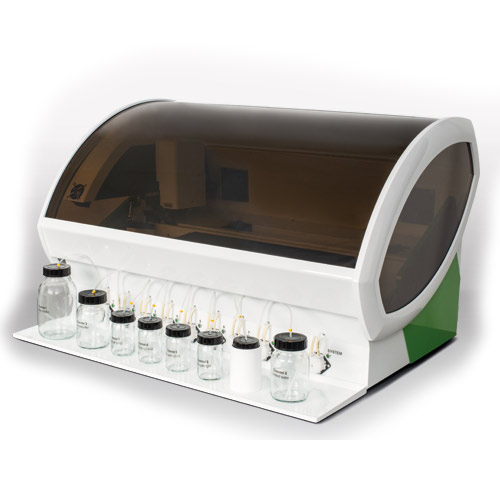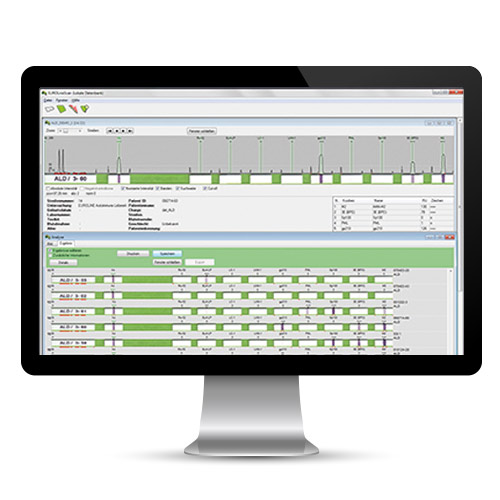
Unique automation solution for the immunoblot work station

Automated evaluation of membrane-based test systems
2025 Euroimmun US
Privacy Policy | Website Terms and Conditions | Cookie Notice and Settings | Consent Preferences | Sitemap